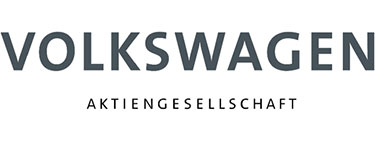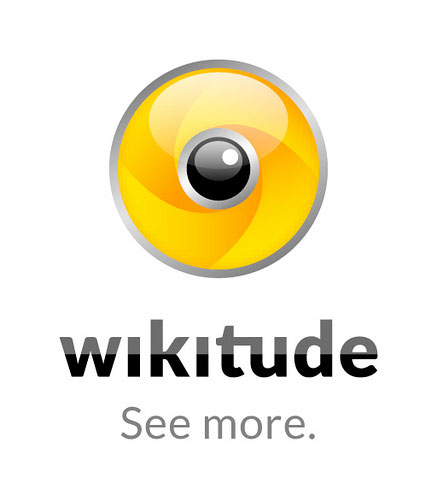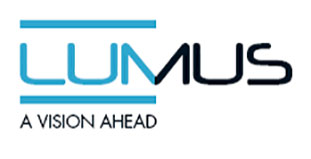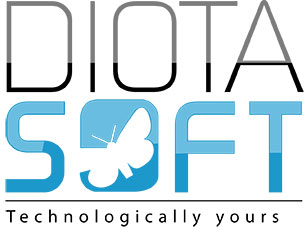Contact-view: A Magic-lens Paradigm Designed to Solve the Dual-view Problem
SCHEDULE INFORMATION
| Event Title | Room | Start | End |
|---|---|---|---|
| Posters Presentation - Batch 2 | Magistrale | 11 Sep, 2014 01:00 PM | 11 Sep, 2014 01:30 PM |
Contributors:
Klen Čopič Pucihar
Contributors:
Paul Coulton 
















